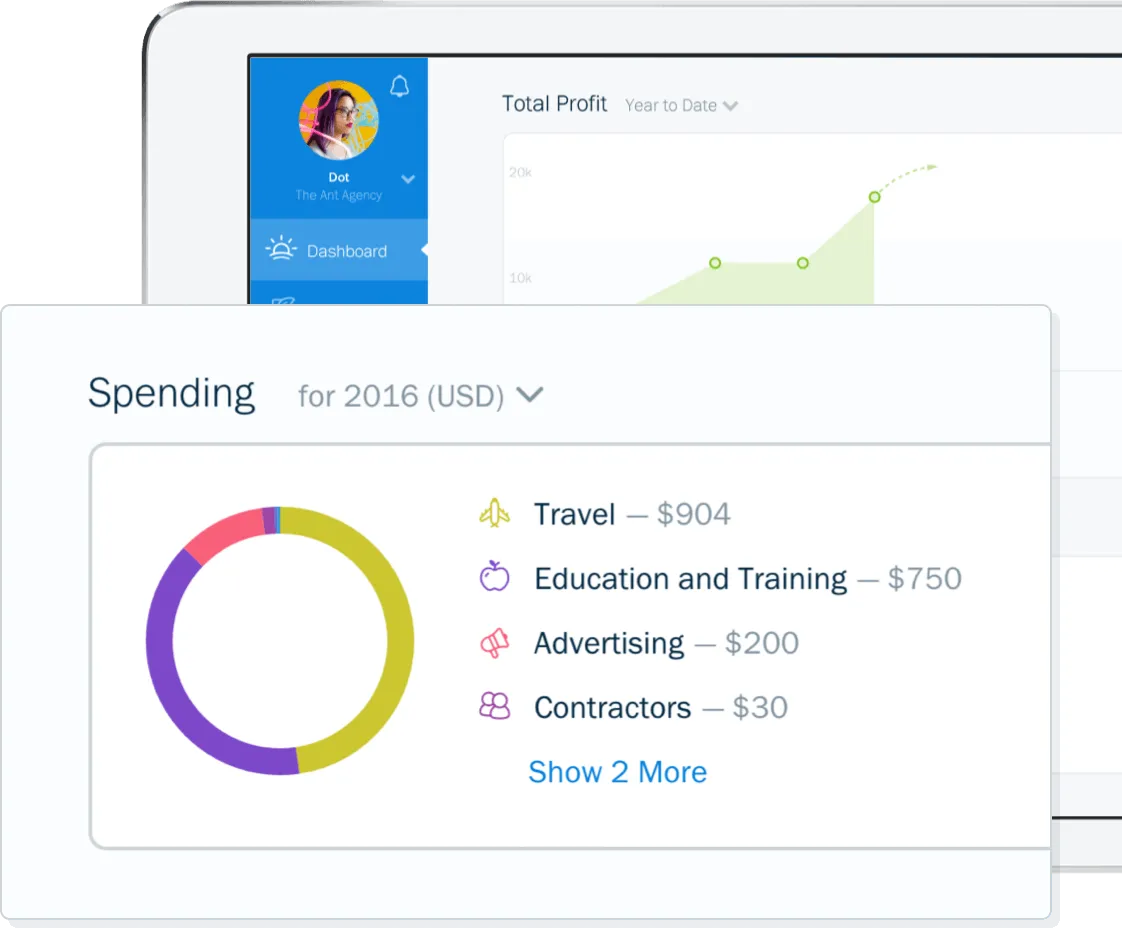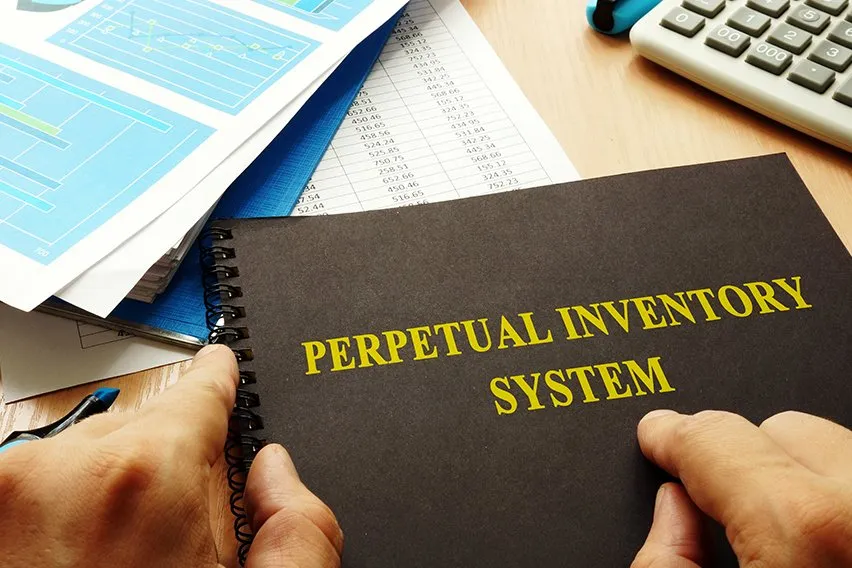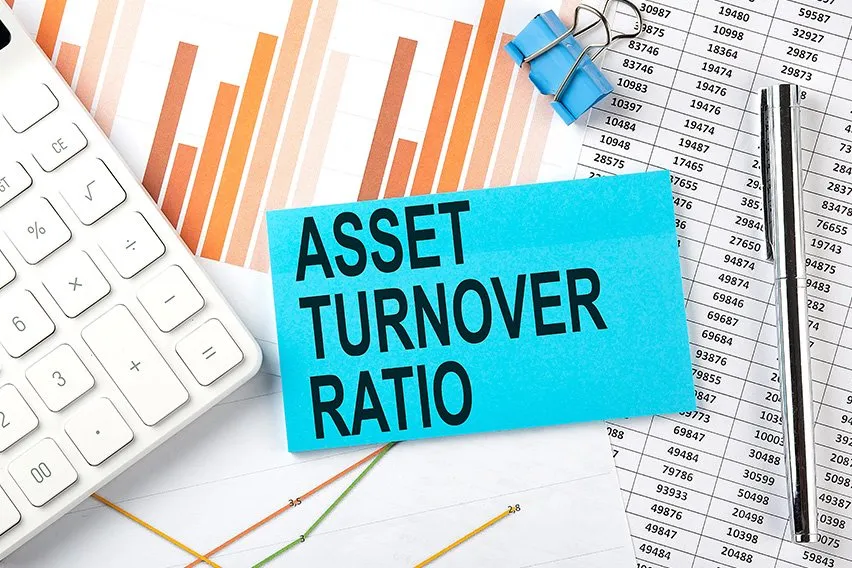How to Calculate Overhead Costs in 5 Steps

Running a business requires a variety of expenses to create your product or service, but not all of them will directly contribute to generating revenue. These indirect costs needed to keep your business going are called overhead costs. Overhead costs are the day-to-day operating expenses that aren’t directly related to the labor and production of your goods and services. This includes things like rent for your business space, transportation, gas, insurance, and office equipment. Direct costs like your raw materials and labor are not included in your overhead.
Knowing how to calculate your overhead costs is important for reporting your taxes, creating a budget, and identifying areas of excess spending. This article will cover different ways to calculate your overhead costs, helpful formulas, and benefits to calculating your overhead.
Key Takeaways
- Overhead costs are business expenses that aren’t directly related to producing your good or service
- Common overhead costs include rent, utilities, insurance, and advertising
- Overhead cost is the sum of indirect materials, labor, and expenses
- Calculating overhead can help you budget and improve your efficiency
- Calculating overhead can help you budget and improve your efficiency
What this article covers:
- How to Calculate Overhead Costs
- Overhead Cost Formula
- How to Calculate Overhead Absorption Rate
- How to Calculate Overhead Rate per Employee
- Benefits of Calculating Overhead Costs
- Conclusion
- Frequently Asked Questions

How to Calculate Overhead Costs
To calculate overhead costs, follow the steps below:
List the Expenses
Make a comprehensive list of indirect business expenses, including items like rent, taxes, utilities, office equipment, factory maintenance, etc. These are your overhead costs. Direct expenses related to producing goods and services, such as labor and raw materials, are not included in overhead costs.
While categorizing the direct and overhead costs, remember that some items cannot be attributed to a specific category. Some business expenses might be overhead costs for others but direct expenses for your business.
Add the Overhead Costs
Total the monthly overhead costs to calculate the aggregate overhead cost. This is the amount of money you need to run your business.
Calculate the Overhead Rate
The overhead rate or the overhead percentage is the amount your business spends on making a product or providing services to its customers. To calculate the overhead rate, divide the indirect costs by the direct costs and multiply by 100.
If your overhead rate is 20%, the business spends 20% of its revenue on producing a good or providing services. A lower overhead rate indicates efficiency and more profits.
Compare to Sales
When setting prices and making budgets, you need to know the percentage of a dollar allocated to overheads. To calculate the proportion of overhead costs compared to sales, divide the monthly overhead cost by monthly sales, and multiply by 100.
For example, a business with monthly sales of $100,000 and overhead costs totaling $40,000 has ($40,000/ ($100,000) x 100 = 40% overhead.
Compare to Labor Cost
To measure the efficiency with which business resources are being utilized, calculate the overhead cost as a percentage of labor cost. The lower the percentage, the more effective your business is in utilizing its resources.
Divide the total overhead cost by the monthly labor cost and multiply by 100 to express it as a percentage.
Overhead Cost Formula
To calculate your overhead costs, add all the recurring indirect expenses needed to keep your business running. This is the basic overhead cost formula:

Indirect materials are those that aren’t directly used in producing your product or service. This could be things like cleaning supplies for your office.
Indirect labor are costs for employees who aren’t directly related to production. These could be administrative staff, security, or sanitation employees.
Indirect expenses refer broadly to all other costs not directly involved in production. Costs like rent and utilities fall into this category.
Adding all these together provides you with your overhead cost.
How to Calculate Overhead Absorption Rate
The amount of indirect costs assigned to goods and services is known as overhead absorption. The indirect costs are not directly traceable. Both GAAP and IFRS require overhead absorption for external financial reporting.
The overhead is attributed to a product or service on the basis of direct labor hours, machine hours, direct labor cost, etc. The overhead absorption rate is calculated to include the overhead in the cost of production of goods and services. It’s used to define the amount to be debited for indirect labor, material, and other indirect expenses for production to the work in progress.
There are several methods for calculating the absorption rate.
Percentage of Direct Material Method
The direct material cost is one of the primary components of the product cost. Under this method, the absorption rate is based on the direct material cost. To calculate this, divide the overheads by the estimated or actual direct material costs.

Direct labor Cost Method
The estimated or actual cost of labor is calculated by dividing overhead by direct wages and expressed as a percentage.

Prime Cost Percentage Method
The prime cost is the sum of the direct labor and direct material costs of a business. To calculate the prime cost percentage, divide factory overhead by prime cost.

Labor Hours Method
The labor hour rate is calculated by dividing the factory overhead by direct labor hours.
The formula is:

Machine Hour Rate
Machine hour rate is calculated by dividing the factory overhead by machine hours.

Sale Price Method
Under this method, budgeted overheads are divided by the sale price of units of production.

How to Calculate Overhead Rate per Employee
To calculate the overhead rate per employee, follow the steps below:
- Calculate the labor cost, which includes not just the weekly or hourly pay but also health benefits, vacation pay, pension, and retirement benefits paid by the employer.
- Compute the total overheads of the business.
- Divide the overhead costs by the number of billable hours. For example, if your business has six technicians, their overhead costs are divided between them.
- Adding the overhead costs and the labor cost to billable hours gives you the net cost of that employee to the business per hour.
By lowering the proportion of overhead, a business can gain a competitive advantage by increasing the profit margin or pricing its products more competitively.
Benefits of Calculating Overhead Costs
Calculating your overhead costs can help you identify areas of excess spending and develop strategies to improve efficiency. There are multiple benefits to understanding your overhead costs, including:
- Improved Hiring Decision Making
By comparing your overhead to labor costs, you can assess the overhead cost of bringing on a new employee and decide whether it will be an effective way to increase your profits. - Better Budgeting And Financial Planning
Knowing your current overhead costs makes it easier to predict future expenses, so you can create a budget that accurately encapsulates both the direct and indirect costs of running your business. - Improved Pricing Strategy
Once you know how your overhead costs relate to your sales, you can adjust your pricing strategy accordingly, and tools like a markup calculator can assist in determining the right price points. - Helps Identify Excess Spending
Regularly reviewing your overhead costs helps you catch any areas of excess spending before they become too problematic. You can also assess areas where you could save by switching to a different utility provider, insurance company, etc.
Ready to save time and effort on your overhead calculations? FreshBooks’ expense and receipt tracking software lets you make a list of your indirect business expenses and sort them into overhead cost categories. Features like digital receipt scanning and mileage tracking make tracking your overhead costs even easier. Click here to start and see how FreshBooks can help streamline your small business accounting today.

Conclusion
Overhead costs are all the everyday business expenses that aren’t directly involved in creating your product or service. This can be expenses like rent and utilities, indirect materials like office cleaning supplies, and indirect labor costs like accounting and advertising.
Understanding how to calculate your overhead costs can help you create efficient strategies for your business. Regularly reviewing overhead lets you identify areas of excess spending while comparing your overhead to sales and labor helps you make effective decisions about pricing and hiring.
You can also simplify overhead cost tracking through FreshBooks accounting software to provide real-time data on your business finances. Click here to sign up for your free trial today and discover how FreshBooks can support your small business growth.

FAQs on How to Calculate Overhead Cost
What is an example of an overhead cost?
One of the most common examples of an overhead cost is rent. Other overhead costs may include advertising, office supplies, legal fees, and insurance.
How do you calculate the total overhead cost?
Calculate your total overhead cost by adding any materials, labor, and expenses that aren’t directly related to production costs. The total overhead cost formula is:
Overhead cost = indirect materials + indirect labor + indirect expenses
What percentage of cost is overhead?
The percentage of your costs that are taken by overhead will be different for each business. To calculate how your overhead rate, divide the indirect costs by the direct costs and multiply by 100.
What are cogs vs overhead?
COGS, or Cost of Goods Sold, refers to the direct costs needed to produce a good, while overhead refers to indirect costs. COGS are usually raw materials for production, while overhead could be rent, insurance, utilities, etc.
What are the 3 types of overhead?
Overhead is usually divided into three categories: indirect materials, indirect labor, and indirect expenses. Together, these cover all your business expenses that aren’t directly related to the production of your good or service.
What is fixed overhead cost?
Fixed overhead costs are overhead costs that don’t change in relation to your production output. This could be something like rent that will stay the same even if your business activity fluctuates.
More Resources on Small Business Accounting
Reviewed by
Sandra Habiger is a Chartered Professional Accountant with a Bachelor’s Degree in Business Administration from the University of Washington. Sandra’s areas of focus include advising real estate agents, brokers, and investors. She supports small businesses in growing to their first six figures and beyond. Alongside her accounting practice, Sandra is a Money and Life Coach for women in business.
RELATED ARTICLES



 What Is a Perpetual Inventory System?
What Is a Perpetual Inventory System? How to Calculate the Ending Inventory?
How to Calculate the Ending Inventory? What Is an Accounting Journal? Definition of Journal in Accounting
What Is an Accounting Journal? Definition of Journal in Accounting What Are Noncash Expenses? Meaning and Types
What Are Noncash Expenses? Meaning and Types 6 Types of Activity Ratios: Explained
6 Types of Activity Ratios: Explained Percentage of Completion Method Decoded
Percentage of Completion Method Decoded